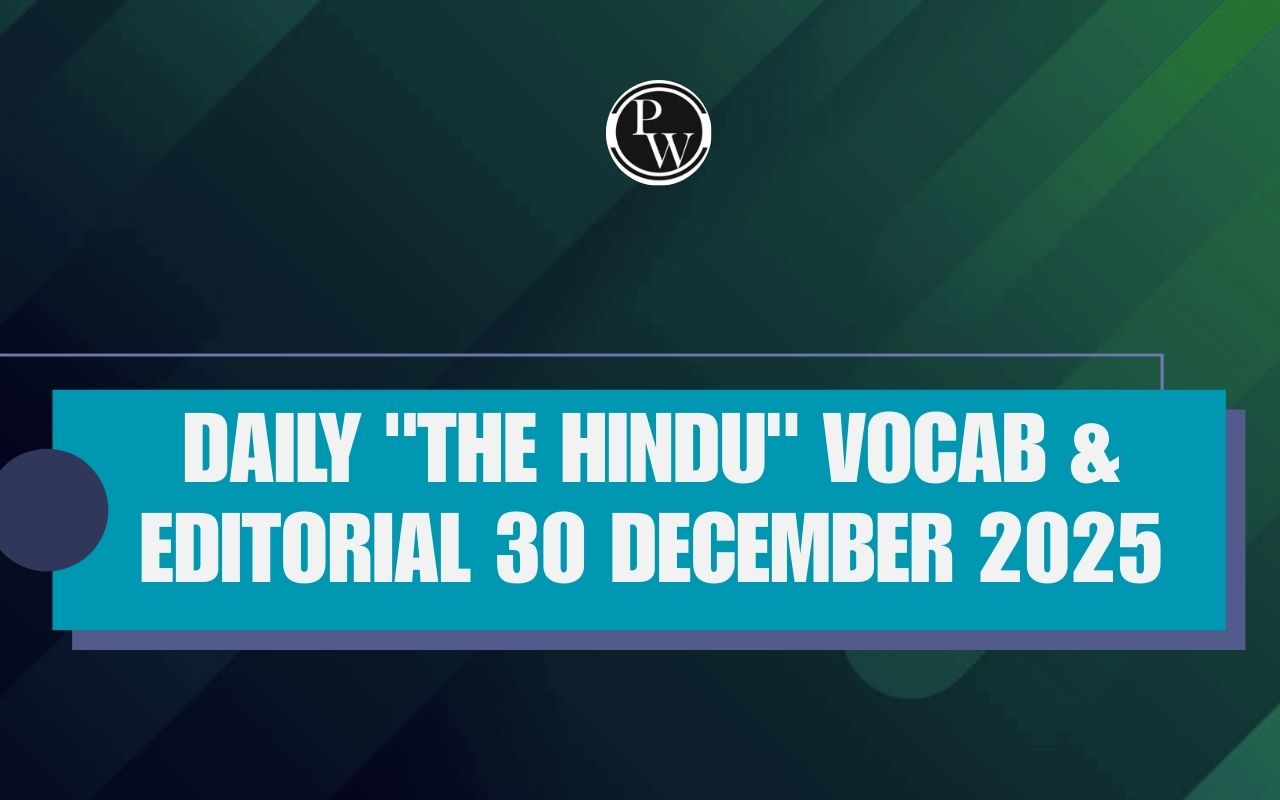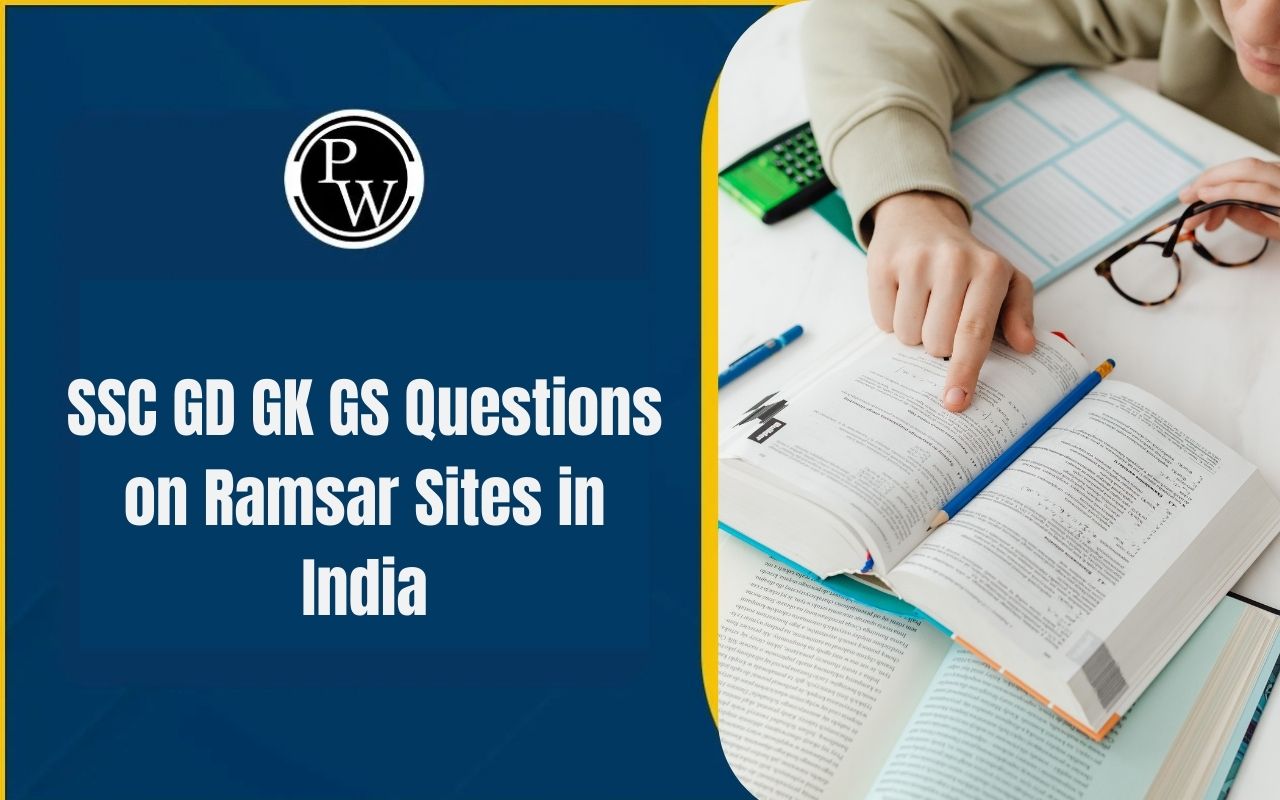
Classical Dances of India: India has many beautiful classical dances, each representing our rich cultural heritage. Bharatanatyam from Tamil Nadu is known for its intricate footwork, while Kathak from North India tells stories through rhythmic movements. Odissi from Odisha celebrates devotion, and Kuchipudi from Andhra Pradesh combines dance, drama, and music seamlessly. Kerala's Kathakali is a mesmerizing dance drama, and Mohiniyattam showcases grace in Kerala. Manipuri from Manipur and Assam's Sattriya reflect unique regional traditions, together representing India's diverse classical dance heritage.
Check complete details of Classical Dances of India below.Classical Dances of India 2025
Indian classical dance is a beautiful and captivating art form that has been passed down for generations. It keeps our country's rich cultural heritage alive. These dances combine graceful movements and expressive gestures, rooted in ancient traditions and stories from mythology. Each dance style represents the special cultural identity of a specific region in India. They enchant audiences with their beauty and storytelling.Classical Dance of India List
Classical dance is a traditional way of artistic expression. It follows set rules, techniques, and dances. There are different styles from different regions. It's all about telling stories, using symbols, and moving gracefully. In different parts of India, different types of dance have developed, each with its unique features. However, they all follow the basic rules and regulations outlined in the Natya Shastra. According to this, a teacher (guru) is the only one who can truly teach the art form. The guru passes on knowledge of the different traditions or styles to the student. This teacher-student tradition, known as 'guru-shishya parampara,' is at the heart of Indian classical art. Currently, there are 9 classical dance styles recognized by the Sangeet Natak Akademi.|
9 Classical Dances of India |
|
| Classical Dance Form | State of Origin |
| Bharatanatyam | Tamil Nadu |
| Kathak | Uttar Pradesh |
| Kathakali | Kerala |
| Odissi | Odisha |
| Manipuri | Manipur |
| Kuchipudi | Andhra Pradesh |
| Mohiniyattam | Kerala |
| Sattriya | Assam |
| Chhau | Orissa, Jharkhand, and West Bengal |
Classical Dance in India State-Wise
The classical dance forms originated from the Natya Shastra. Initially, there were 8 classical dance forms recognized by scholars. Recently, the Cultural Ministry of India added Chhau to the list of classical dances, making a total of 9 classical dance forms. Check Classical Dance in India State-Wise details below:| Classical Dance in India State-Wise | ||
|---|---|---|
| Dance Form | Location | Significance |
| Bharatanatyam | Tamil Nadu | An ekaharya dance genre where a single dancer represents numerous roles in a single performance. |
| Kuchipudi | Andhra Pradesh | Developed in the 17th century by Siddhendra Yogi, performed in groups as a dance play. |
| Kathakali | Kerala | Includes dance, music, and acting to dramatize tales from Indian epics. |
| Mohiniyattam | Kerala | Traditional solo dancing style of Kerala, mentioned in the book Vyavahara Mala in 1709. |
| Odissi | Odisha | Focuses on Lord Vishnu’s incarnations and passages from Jayadeva’s Gita Govinda. |
| Manipuri | Manipur | Rooted in prehistoric times, connected to rituals and festivals in Manipur. |
| Sattriya | Assam | Created by Vaishnava saint Sankaradeva in the 15th century A.D., connected to Sattras. |
| Kathak | Uttar Pradesh | Derived from "Katha," meaning "a story," evolved during the bhakti movement in the 15th century. |
| Chhau | Orissa, Jharkhand, and West Bengal | Tribal martial arts dance is found in Odisha, Jharkhand, and West Bengal. |
9 Classical Dances in India
India is home to a rich heritage of classical dance forms, each representing the culture, traditions, and spiritual expressions of different regions. Recognized by the Sangeet Natak Akademi, these nine classical dances reflect centuries of evolution, discipline, and storytelling through rhythm, gesture, and music.
1. Bharatanatyam (Tamil Nadu)
- Originated as Sadir or Dasi Attam in temples.
- First traditional dance to become a theatre art.
- Follows principles from Bharata's Natyashastra.
- Rich repertoire in Telugu, Tamil, and Sanskrit.
2. Manipuri Dance (Manipur)
- Rooted in Vaishnava faith.
- Circular and continuous movements.
- Subdued facial expressions and gestures.
- Divided into Jagoi and Cholom styles.
3. Kathak (Northern India)
- Connected with Kathakaras or storytellers.
- Flourished under Mughal rule.
- Known for footwork and pirouettes.
- Features Thumri music genre.
4. Odissi Dance (Odisha)
- Originated as a temple dance by female servants.
- Revived as a theatre art in the 20th century.
- Vaishnava faith is intrinsic to its themes.
- Soft and graceful movements.
5. Kathakali (Kerala)
- "Story play" originates from Kerala.
- Based on Ramayana and Mahabharata.
- Characters portrayed with symbolic makeup.
- Facial expressions and hand gestures tell the story.
6. Mohiniattam (Kerala)
- Named after enchantress Mohini.
- Feminine and graceful dance.
- No heavy steps, gentle footwork.
- Rhythms from Kerala's music tradition.
7. Kuchipudi (Andhra Pradesh)
- Originated from Kuchelapuram village.
- Combines speech, mime, and dance.
- Features storytelling through mime changes.
- Often performed as a dance drama.
8. Sattriya Dance (Assam)
- Developed in Vaishnava monasteries.
- Evolved language of hand gestures and movement.
- Adapted as a modern theatre art.
- Themes centered around devotion to Krishna.
9. Chhau (Eastern India)
- Blend of martial traditions, temple rituals, and folk performance.
- Features episodes from epics, folklore, and abstract themes.
- Intimately connected with festivals and rituals.
- Music ensemble includes indigenous drums and reed pipes.
Other Dance Forms of India
Other famous Dance Forms of India are tabulated below for candidates' reference.Classical Dances of India 2025 FAQs
How many Classical Dance of India are there?
Which is the recently added dance form in the classical dance list of India?
Which is the oldest dance form in India?
What are the 3 components of Classical Dance?










